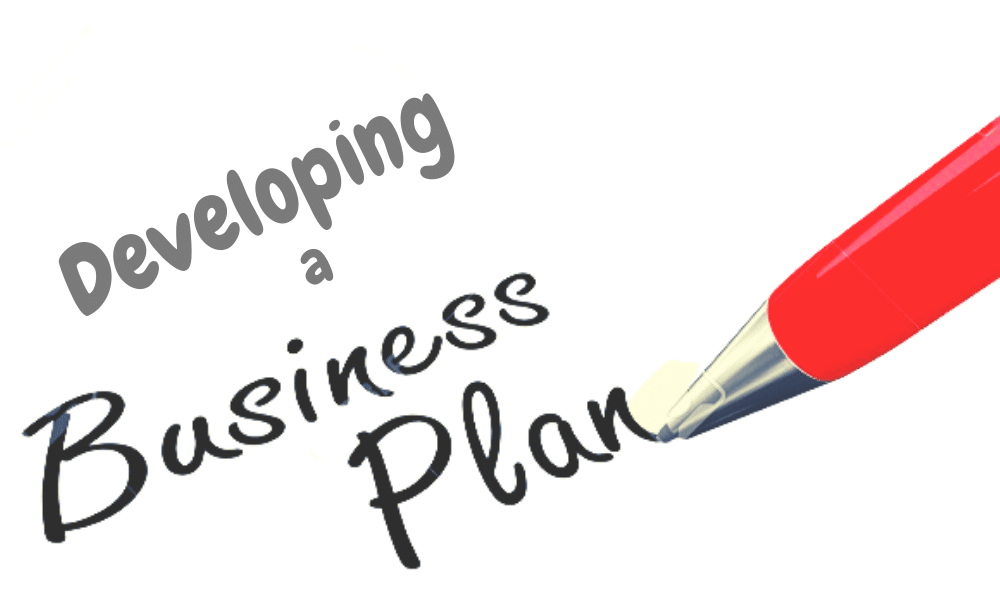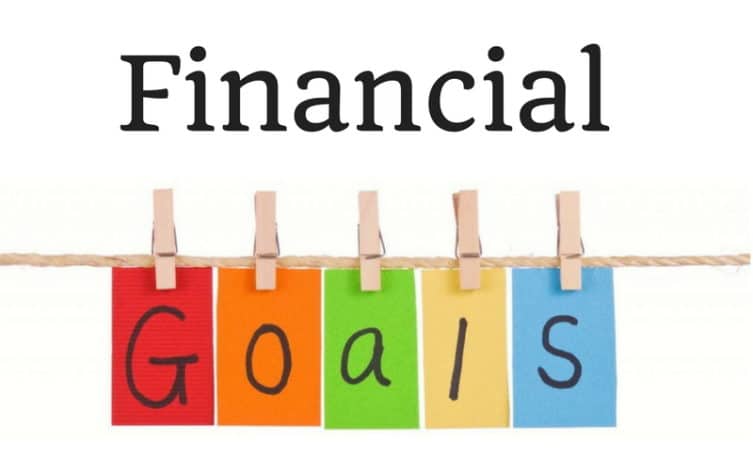If you have an idea you think could be patented, you may be wondering how to patent that idea. The process is not as simple as filing the application with the U.S. Patent and Trademark Office.
To know how to patent an idea, it must be new, useful, and non-obvious. Meaning, the invention should not be known or used by others before the date, must serve some purpose or function, and is not something that a person skilled in the relevant field of technology could come up with using their knowledge and common sense.
The application process can be long and complex, so it is crucial to consult with a patent attorney or agent to ensure that your idea is eligible for protection and to avoid making any mistakes that could jeopardize the success of your application. Continue reading for more information!
What Is A Patent?
A patent is an intellectual property that gives its owner the legal right to remove others from making, using, or selling an invention for a short period. It comes from the government to encourage innovation and creativity. It means providing inventors with a financial incentive to invest in new products and technologies.
Patents are for a limited time, typically 20 years from the filing date, after which the invention becomes public domain for anyone to use.
To begin, you must first file a patent application with the organization in the United States. The application must include a description of the invention and well-defined claims.
After filling out the application, it will be assigned to an examiner who will check whether the invention is novel and non-obvious. If the examiner approves the application, the invention is patentable and the inventor will get the exclusive right to make, use, and sell it.
Hence, you should ensure the invention is relevant, meaning it must be well-detailed, and the claims must be well-written.
The Process
Three main steps to patenting an idea in the United States. They are as follows:
- Determine if your idea is eligible:
Your invention must be a physical product, process, or improvement on an existing product or process for eligibility.
- Conduct a search:
This step ensures that your idea is eligible for a patent and that nobody has used it. There are a few different ways that you can go about conducting a patent search. The most common method is to use the USPTO website. You can also use Google, which will allow you to search for rights that have been filed worldwide.
For example, if you want to search for the ones that have been filed in the United States, you can use the USPTO website. Just go to the website and enter the keyword that you want to search for. You can also use the advanced search option to narrow down your results.
If you want to search for the ones that have been filed everywhere, you can use Google Patents. Just go to the website and enter the keyword that you want to search for. You can also use the advanced search option to narrow down your results.
Lastly, get the application to the U.S. Patent and Trademark Office:
This can be done online or by mail. Once your application is received, it will go to another person who will determine if your invention is acceptable.
What Are The 3 Types Of Patents?
There are three types of patents that the United States issues: design, plant, and utility.
Design patents in the United States are a type of intellectual property that protect the visual design of objects that are not utilitarian, such as lamps, furniture, and jewelry. They are granted for 14 years from the date of issuance.
The USPTO grants design patents after filling out the application, reviewing for novelty and originality, and issuing a notice of allowance. After that, the applicant has three months to pay the issue fee and file the required paperwork.
They are vital intellectual property for businesses and individuals who create original, non-utilitarian designs. You can use it to stop others from copying or imitating the protected design and bargain chip in negotiations, licensing, and litigation.
Plant patents, on the other hand, allow inventors to protect their newly created plant varieties. The plant must be reproduced asexually and new, meaning it cannot be a variety that already exists. Thus, this patent gives inventors exclusive rights to their plant varieties for 20 years. During this time, others can reproduce, sell, or use the plant without the inventor’s permission.
Plant patents can be a valuable asset for inventors, as they can help prevent others from unfairly profiting from their hard work.
A utility patent is a patent for an invention. It covers the creation of a new and useful product.
You must file a patent application with the authorized organization to get it.
The application must include a detailed description and claims that describe what the invention does.
If the examiner approves the application, it will be published, and anyone can file a patent infringement lawsuit against you if they believe you are using their invention without permission.
How Much Does It Cost To Patent An Idea?
In the United States, it can cost anywhere from $5,000 to $20,000. Though it depends on the type you are seeking and the complexity of your invention.
For a simple invention, you may be able to get with a less expensive, but for a more complex one, you will likely need to spend more money.
In addition, the cost of patenting an idea in the United States can vary depending on the state in which you reside.
How Can I Patent My Idea For Free?
There are a few ways to you ought to follow:
First, file a provisional application with the USPTO.
Another way is to go for the design type of application. This type is usually for the ornamental design rather than the functional aspects.
The Process Of How To Patent An Idea For Free
If you have an invention or an idea you want to patent, the process can be expensive, but it is possible if you follow these simple steps:
First, you need to search whether your idea is still new.
After that, you to prepare a detailed description of your invention. The patent office will use it to determine if your idea is eligible for a patent.
Next, you need to file a provisional application on how to patent an Idea for free. It is a free application that gives you a year to file a more detailed patent application.
After you have filed your provisional application, you need to wait for a response from the patent office. If the organization approves your application, they will send you your patent number. You can then use this number to market your invention.
Furthermore, the process is generally the same as filing in the United States. Whether you want to know how to patent an idea for an app, how to patent an idea for a product, or how to patent an idea for an invention, follow the above steps to get a license for free and begin marketing your invention.
What Is The Population Like?
Since the United States patent system was established on July 31, 1790, there have been millions of patents granted. The rate at which people go about it legally in the United States has varied over time, but there has always been a steady stream of permits being filed and granted.
In recent years, the number of permits being filed and granted has increased dramatically due in part to the increasing popularity of the Internet and the ease with which people can now search for and find existing patents. Therefore, the rate of people patenting ideas legally in the United States is much more likely to continue to increase in the future.
The Benefits
There are many benefits to legally patenting an idea in the United States.
First, a patent provides a patent holder with a legal monopoly on the invention for a set period. It means others cannot make, use, or sell the invention without the patent holder’s permission.
Second, it can also give some leverage in court if someone else attempts to steal or copy the invention and bargaining chip in negotiations with potential partners.
Finally, it can be a source of income for the patent holder if the invention is successful and others are interested in licensing it.
How Do You Legally Patent an Idea?
There are a few steps you need to take. The first step is to ensure your idea is eligible.
Then, an examiner will decide whether or not to grant you the license.
Is it Worth it to Patent an Idea?
There are a few things to consider when deciding whether or not to patent an idea in the U.S.
The first is the cost: A patent attorney can cost a few thousand dollars, and the USPTO filing fee is $280-$760.
The second is whether your idea is patentable.
The third is whether you can enforce your patent. If you think someone infringes on your patent, you should sue and prove it in court.
Fourth is whether you have the resources to maintain your patent.
Finally, decide whether you have the time to dedicate to the patenting process. It can take a few years to get patent approval. So, it is worth patenting your idea.
What is a Poor Mans Patent?
A poor man’s patent is a term that means an informal method of protecting an idea. This word is common in the United States. It involves documenting the idea in a way that would be difficult for someone to duplicate, create a prototype, or detailed drawings.
Then, the idea goes viral, either showing it to others or posting it online. The hope is that potential investors or manufacturers will see it, and would like to invest in or produce the product.
Final Thoughts
After reading this guide, you should have a good understanding of legal ways to get government licenses or authority for apps, products, etc. You should also know the different types of patents and how to choose the right one for your invention. And finally, be familiar with the type of application process and what to expect after filing.






